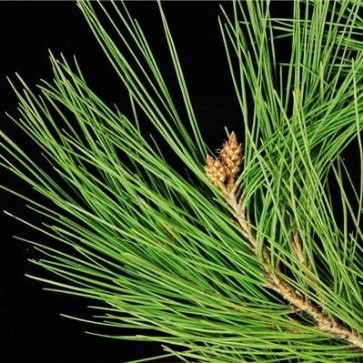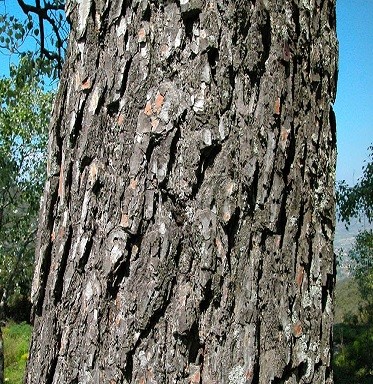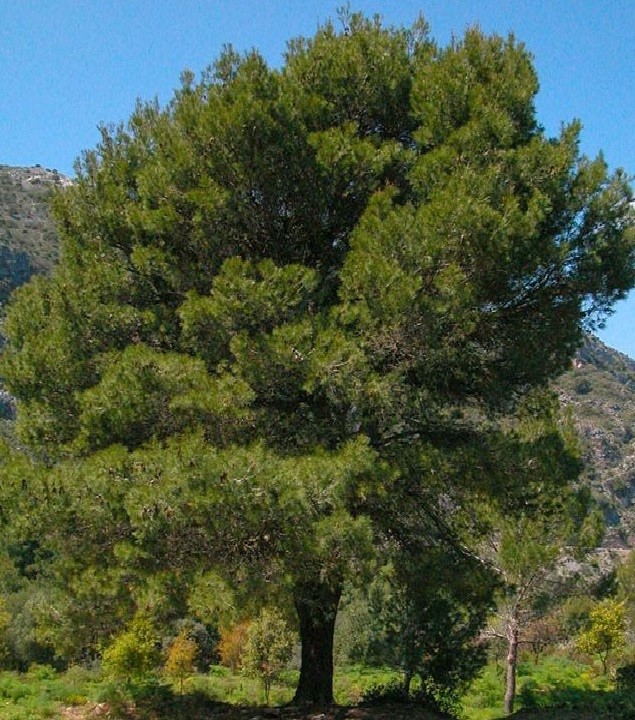Trees
Pinus halepensis Miller
Pinus halepensis Miller
Description :
A medium sized tree 12 to 27 m tall with an average diameter of 0.4 m.
The crown is rounded, diffuse with spreading branches. The needles are in twos,
6.25 to 15 cm long. It is monoecious. The male flowers or cones are many,
crowded in headlike clusters. The female flowers are erect and clustered at the
ends of branches. The cones bloom between April and June. The fruit is the
female cone. As it ripens it turns a shiny reddish-brown color. The seed in the
cone takes a full year to mature after pollination or 2 years for the
reproductive cycle to be completed. There are two, winged seed beneath each
cone scale. Seed is shed September through October. The tree is free of disease
and insect problems. It is reproduced from seed. Seeds crops are frequent, and
seed can be stored in sealed containers in a refrigerated environment for a
number of years. This is considered a fast-growing tree. Yields of 3 to 12 m3/ha/yr
have been recorded on different quality sites. Height growth of 0.3 to 0.5 m/yr
has been recorded over a fifty-year period. Grain straight, medium fine and
un-even textured. Wood is light brownish white with a resinous odor, with moderately
hard strength having specific gravity of 0.71.
Distribution :
The tree is native to the Mediterranean basin. However it is not found
in either Libya or Egypt. In Pakistan it has been successfully planted in KP and Balochistan, especially in Quetta and even in Ziarat with hand watering. An
intolerant tree that grows on a variety of soils, including shallow, eroded and
soils low in nutrients. Although it grows best on well drained soils it will
not grow on saline or wet sites. This is one of the few pines that does grow on
heavy clay soil. It is drought hardy and is well adapted to a precipitation
zone of 250 to 800 mm/yr and can survive 7 to 8 months of drought. It prefers a
semi-arid, cool temperate Mediterranean climate with a temperature range of -20
to 40 C at elevations up to 2000 m. It can withstand short periods of hard
frosts.
Uses :
This is a valuable tree for reforestation and afforestation of denuded areas of Pakistan that have a Mediterranean type of climate. It is also used in construction, fuel, resin, erosion control, and packing crates.



